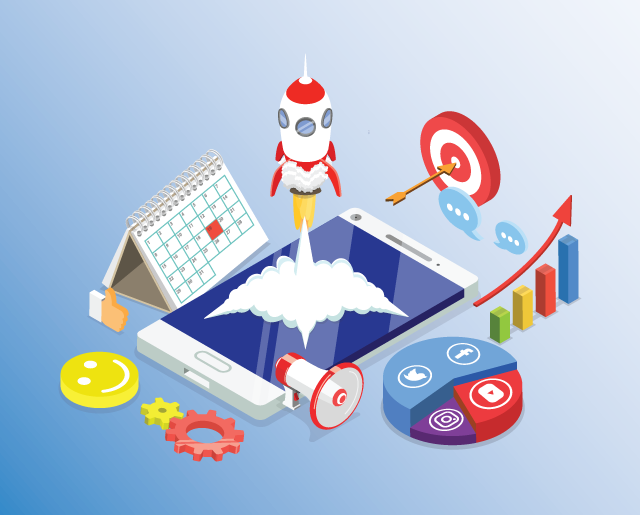Managing your social media manually takes too much time and limits your growth? Automation offers an effective solution to optimize your time, improve your reach, and strengthen engagement. However, a poorly managed transition can harm the authenticity of your interactions. Instead of automating everything at once, it is essential to define a gradual strategy adapted to your objectives. Discover how to successfully navigate this transformation smoothly, by combining time savings and maintaining an authentic relationship with your audience!
Assess your needs and choose the right automation tools
Transitioning from manual management to effective social media automation doesn’t happen with a single click. A successful transition relies on a precise assessment of needs and a strategic choice of suitable tools. Before automating everything, it is essential to identify repetitive and time-consuming tasks that can be optimized without impacting the quality of interactions.

Analyze the tasks to automate
Some actions take considerable time when they could be automated without loss of effectiveness:
- Post scheduling: scheduling posts for several days or weeks in advance.
- Interaction management: setting up automated responses to frequently asked questions.
- Performance analysis: tracking KPIs without manual data collection.
👉 Concrete example: A company that managed its social media manually, spending 10 hours a week, reduced its management time to 3 hours using automation.
Select the right tools according to your objectives
Every company has specific needs. Here are some essential tools:
- Post scheduling: Sosoon, Buffer, Hootsuite.
- Response automation: ManyChat, Chatfuel for chatbots.
- Performance analysis: Google Analytics, Meta Business Suite.
Implement a gradual transition
- First test automation on a single network before expanding.
- Ensure performance tracking to adjust the strategy.
- Make sure to maintain a human interaction where necessary.
👉 By clearly defining needs and selecting the right tools, the transition to automation becomes a powerful lever for optimizing social media management.
Integrate automation while maintaining a human touch
Automation helps optimize social media management, but it should not completely replace the human aspect. A successful transition relies on a balance between automation and authentic interaction to preserve engagement and trust from your audience.

Automate without losing authenticity
One of the main risks of automation is dehumanization of exchanges. To avoid this:
- Personalize automated messages by integrating variables such as the first name or suggestions based on past interactions.
- Respond manually to important messages to show real engagement.
- Avoid generic and impersonal responses that give an impression of robotization.
📌 Concrete example: An e-commerce company uses a chatbot to respond to common questions, but a human team takes over for specific requests, ensuring an effective and human customer service.
Continuously monitor and adjust
Automation should not be static: it requires continuous performance analysis to adapt to user expectations.
- Measure the impact of automated responses on engagement and customer satisfaction.
- Conduct A/B testing to identify the most effective formats and content.
- Adjust the tone and timing of posts based on feedback and trends.
👉 Well-managed automation does not replace humanity; it supports it to improve responsiveness and relevance of interactions.
A successful transition to automation relies on a gradual strategy and a balance between efficiency and humanity. By optimizing your processes without losing authenticity, you maximize engagement and performance on your social networks.





